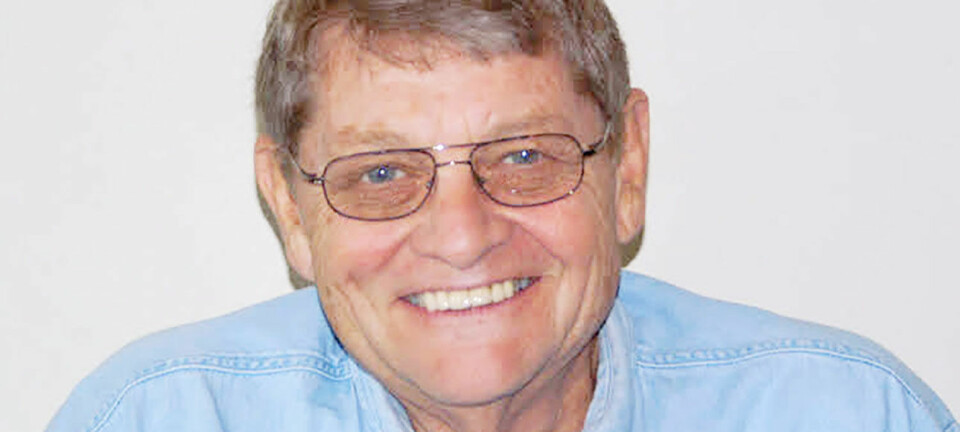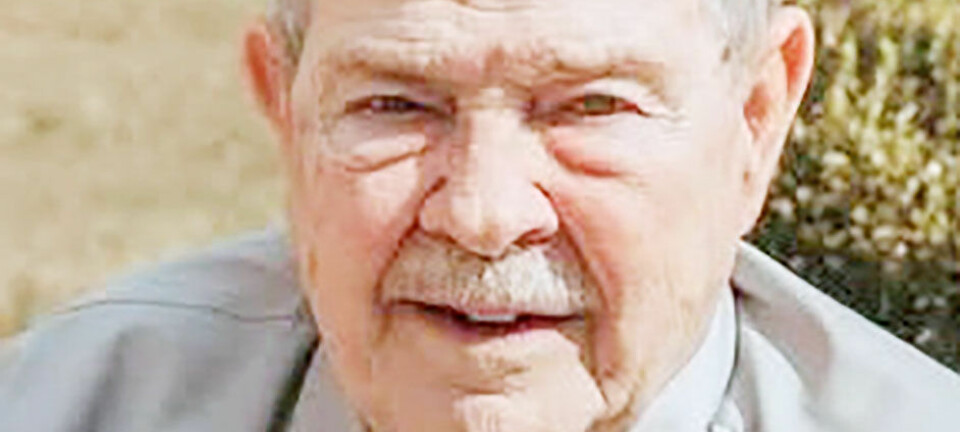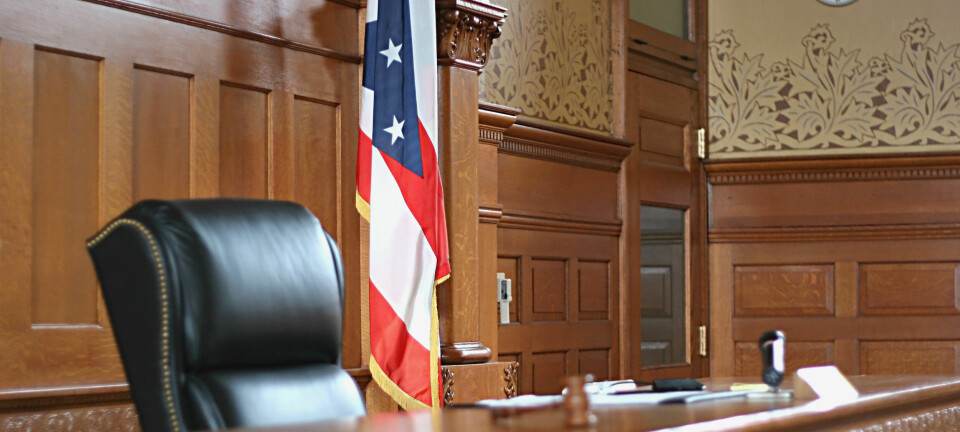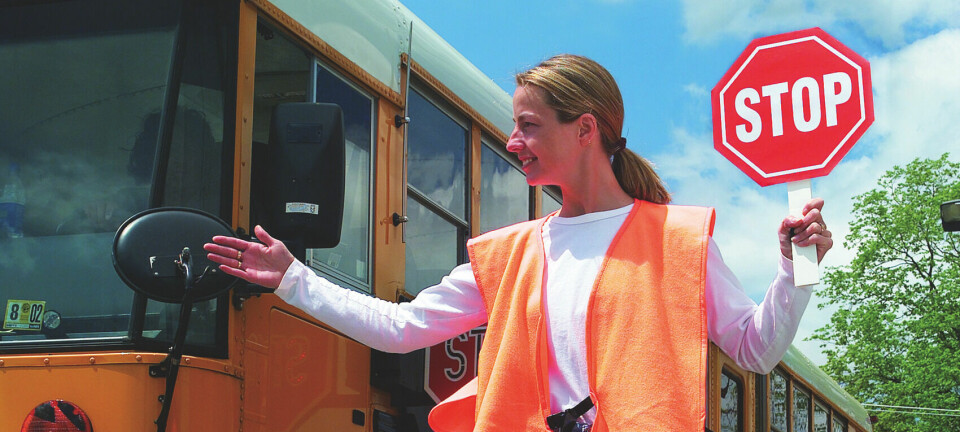Commissioners research alternative energy
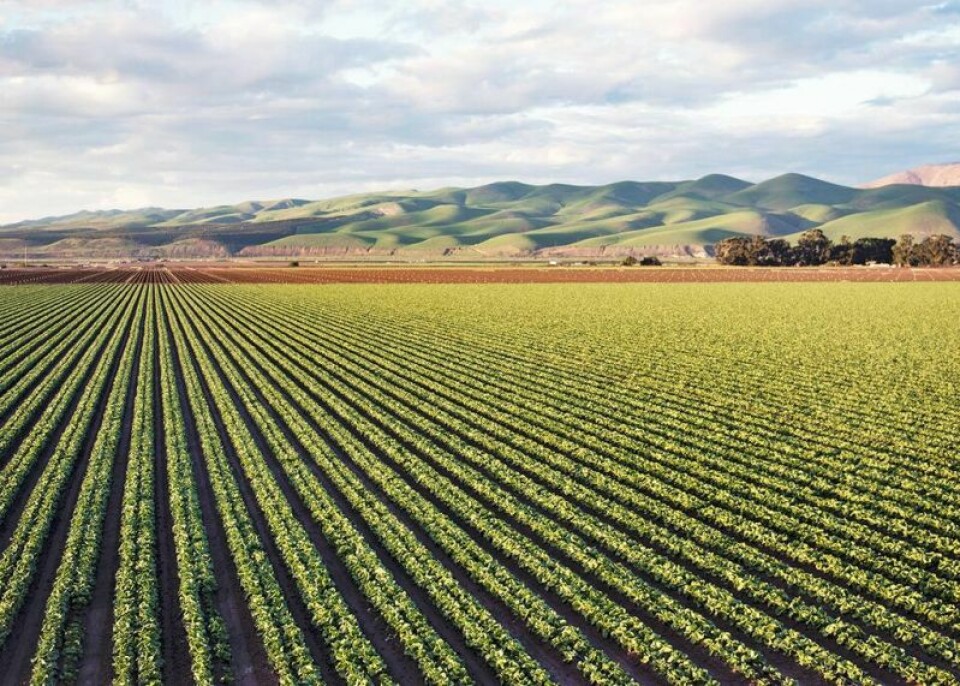
Editor's note: This is the second in a three-part series about the road to regulating large solar utility projects in Wayne County.
After receiving feedback from alternative energy proponents, Wayne County commissioners Sue Smail, Jonathan Hofstetter and Ron Amstutz decided to postpone a June vote to regulate large-scale solar and wind arrays over 50 megawatts until July to gather additional information.
“The decision to postpone the vote was the right thing to do,” Smail said. “We felt that involving as many people as possible would help paint a bigger picture of what large-scale solar and wind arrays consist of and how they would impact Wayne County now and in the future.”
In the month preceding the vote, the commissioners met with individuals and groups regarding alternative energy. They also attended webinars and group discussions about the need for renewable energy.
“We do not oppose renewable energy,” Smail said. “This is to regulate large-scale, utility-sized operations. All utility companies are regulated; this is no exception. However, it is the only utility we can regulate; we are not authorized to regulate fossil fuel production or transmission. Gov. DeWine authorized the local government to regulate solar and wind utilities, and we are being responsible by learning all we can. This isn’t a ban on solar or wind. Anyone can install an alternative energy operation of up to 50 megawatts including on rooftops or in backyards.”
Smail, Hofstetter and Amstutz rearranged their schedules so they could spend as much time as possible researching and gathering information about large-scale renewable energy projects and their impact on communities.
“We had a lot of meaningful discussions with various individuals and groups, and we attended as many webinars about renewable energy as we could,” Smail said. “We also had conversations with working farmers concerned about the possible loss of agricultural land. One of our largest assets in Wayne County is our nationally significant soil. If that goes away, it is gone forever. There is no way to get it back.”
In an Agricultural Success meeting in 2022, Dr. Julia Freedgood of the American Farmland Trust said Wayne County farmland is 81% nationally significant — soil that is best suited for long-term, intensive crop production.
“When I tell others that Wayne County has some of the best farmland in the nation, this is what I am referring to,” Smail said. “We need to consider agriculture’s economic impact on the county, and we need to consider renewable energy’s impact on agriculture.”
According to the American Farmland Trust, in Wayne County:
—Agriculture accounts for 21% of the county economy or $1.2 billion.
—Agricultural-related industries employ 9,242 people or 15% of the workforce.
—There is a labor income of $580 million or 20% of the total.
—There are 3,700 farmers on more than 2,000 farms.
Dan Starcher is the public communications coordinator for the Wayne County government.


